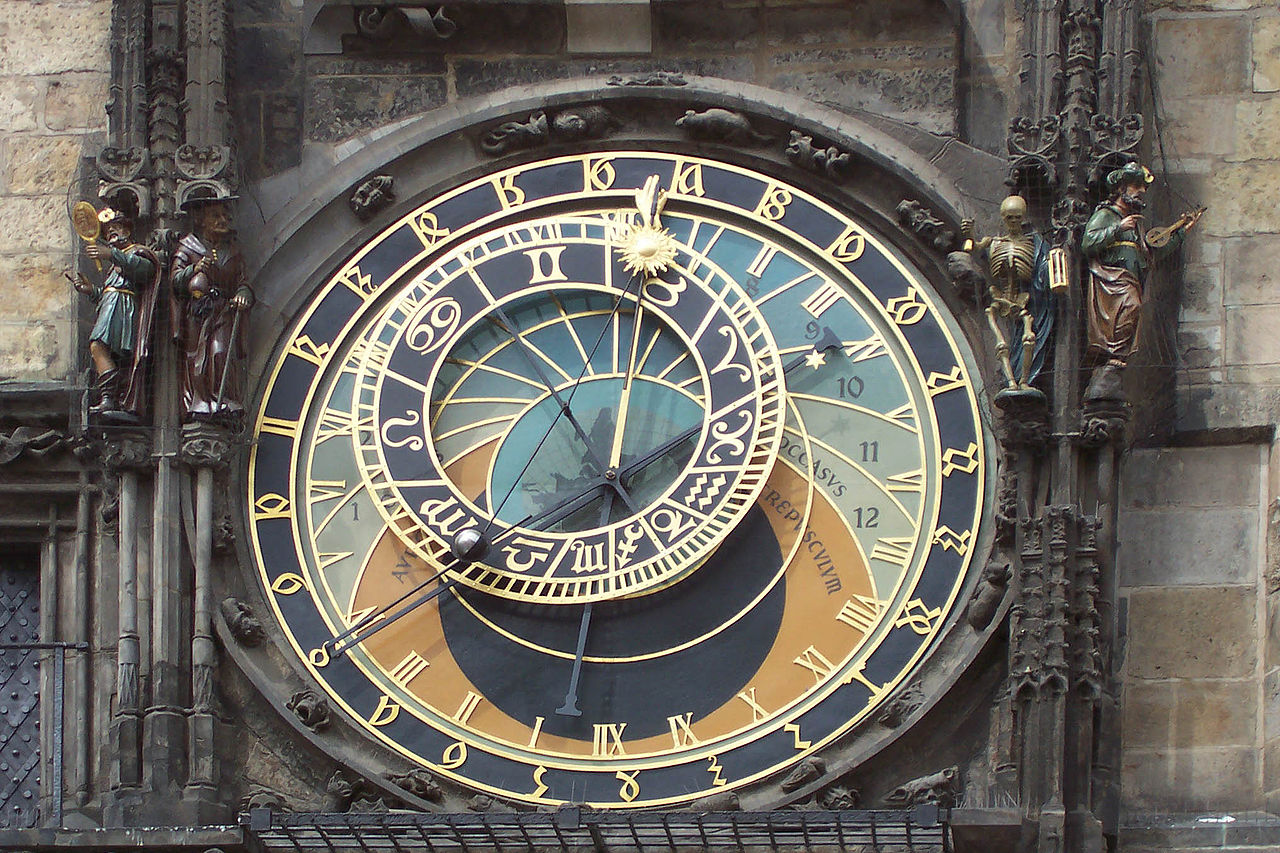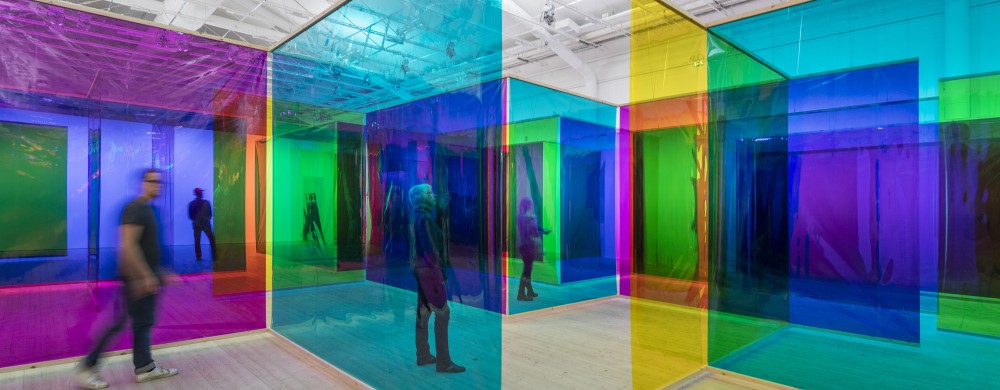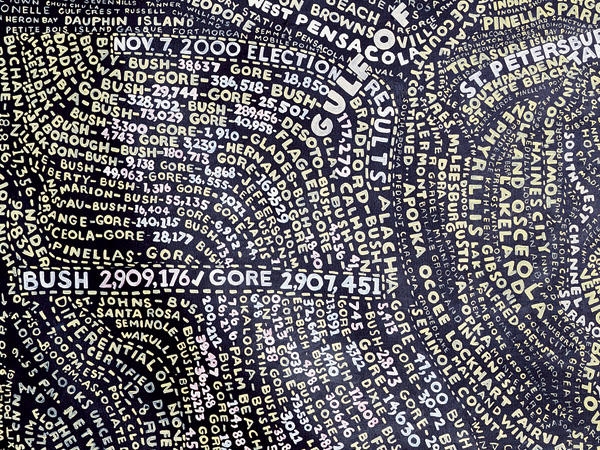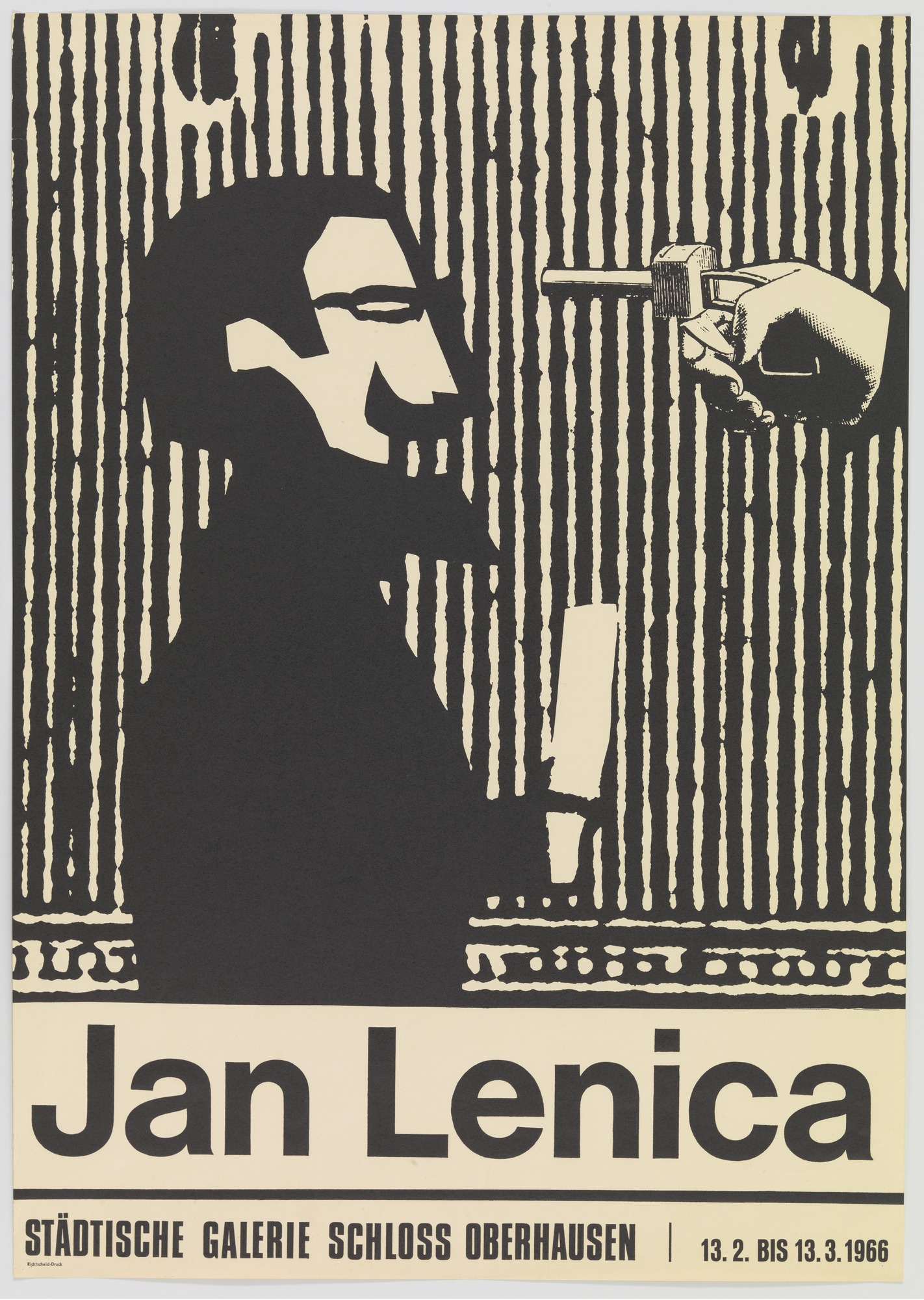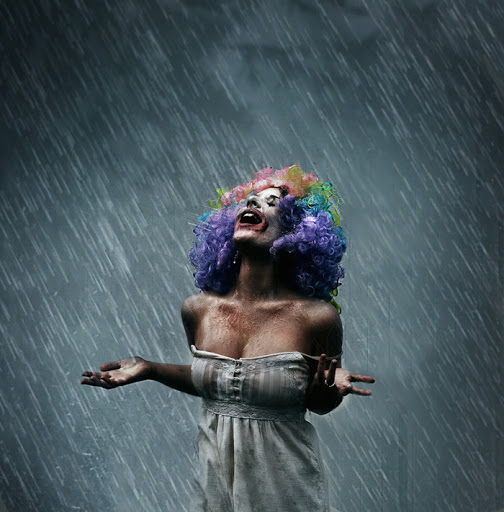inspirations for self portrait-orton`s effect – ard 415
The Orton Effect name was created by its inventor, Michael Orton, from Vancouver Island, Canada. The first photographs of this type were made on film. The photographer created two slightly overexposed photos, one very sharp, using a large depth of field and the other, blurry, out of focus. Then the Canadian superimposed both photos on each other and combined in a slide. To make an Orton sandwich, it was necessary to use a tripod to make both photos identical. 1.sharp photo+2.blurry photo+3.result photo( source: Wikipedia ) Currently, this technique can be simulated in programs such as Adobe Photoshop or by using Gaussian...


